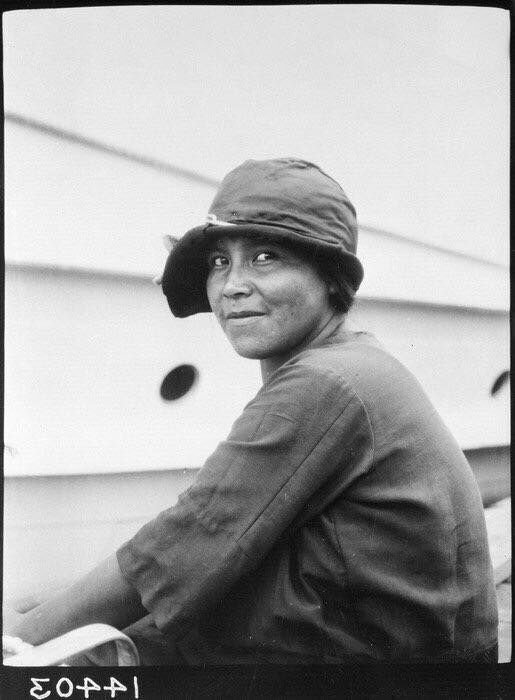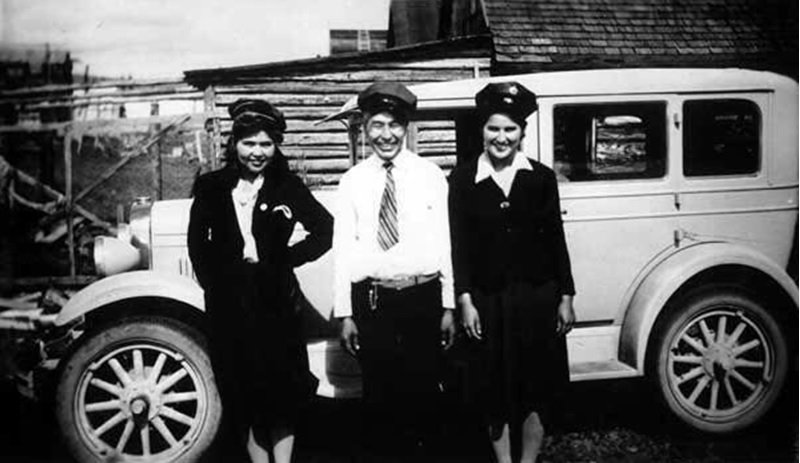Blanket Toss Under Midnight Sun
Portraits of Everyday Life in Eight Indigenous Communities
by Paul Seesequasis
EXCERPT
All photographs represent moments in time, but at their best they are also able to inspire something intangible—an emotion, an empathetic response, occasionally a realization. Then one recognizes that there are stories within the image. Often these stories are lost, but something can be gleaned and the photograph can go further.
One might call Blanket Toss Under Midnight Sun a collection of Indigenous photographs. To be more precise, it is a book of photographs of Indigenous peoples, taken for the most part by non-Indigenous photographers, primarily in what is now Canada. These were not just any photographers but those who, through various circumstances, became embedded in a community long enough for their lens to not be as obtrusive as a tourist’s, for the camera to be accepted enough that what is framed is not staged or phony. Alongside these photos appear those of the first generation of Indigenous photographers, among them Peter Pitseolak and George Johnston, who in the mid-twentieth century became pioneers within Indigenous photography.
Somewhat ironically, as it brings to life images taken decades ago, Blanket Toss Under Midnight Sun began in a most transitory and temporary medium: social media. Over three years ago, my mother, a residential school survivor, remarked that she was “tired of hearing just negative things about those times” and that ”there had been positive and strong things in Indigenous communities then.”I began to search through archives, seeking not residential school photos or other images of colonization but images reflecting a different reality, that of integrity, strength, resourcefulness, hard work, family and play. And I found them.
Over time I began to recognize the work of specific photographers and became familiar with certain communities at particular moments. I was able to identify which archives had digitized their photographic collections, which museums and libraries held the work of photographers I was curious about, and which photographers, still alive, had their works online.
When I began to post these archival photographs online, I was surprised by the response. I had expected some people to “follow” and “like” the photos, but I had not counted on the comments. Many viewers had never seen the photographs before, but posted to say, “That’s my grandmother!’ or “That’s me, forty-two years ago!’ This act of naming brought another layer to the photographs: reclamation. It was a rewarding exchange and every day brought something new. I was aware, of course, of Project Naming, a collaborative effort between Library and Archives Canada and Nunavut Sivuniksavut, which offers a special college programme based in Ottawa, serving Inuit youth, to name people from archival photos, so it was another positive step to be able to share and collaborate with Project Naming as the project continued.
History has always interested me, but I am neither a trained historian nor an archivist, so I encountered much learning as I went along. I stumbled, occasionally made assumptions that were in error, and was grateful when I was corrected. I also learned that archival notes are not always accurate in name, location or cultural identity. There were lessons to be repeated like a mantra: Never assume. Worse, Never add your assumptions to the captions. Reprint the archival captions as they are, but expect, in many cases, they will be wrong or inaccurate. Hope that in the seeing, someone out there will recognize a face, a hill, a building. Finally, Expect the unexpected.
When an impression of the past is taken, it is “possessed,” but it cannot be restored, nor can the entirety of its secrets be revealed. The stories that accompany the photographs in this book come from lived memory, conducted through many interviews, or researched over countless hours in the archives. Still, they tell only part of the story. They afford a glimpse into the past and a sense of how things were, but not a fulfillment. As historian Mary Scriver remarked, referring to questions she has posed to Blackfeet elders, the answer is often “could be.” So many of the stories here could be. That does not delegitimize memory or historical accounts, but it points to a certain wisdom that the story is only a small part of the picture and the picture itself only a small part of the story.
When Edward S. Curtis travelled the West and Northwest, taking photos of “Native Americans,” he was doing so with the steadfast belief that “Indians” and their way of life were disappearing. He felt himself a chronicler of a dying race. He was seeking something that Anishinaabe philosopher and writer Gerald Vizenor would call a “terminal creed,” a form of stasis. Curtis’s was an outsider’s gaze fraught with the perils of romanticization. He saw the adaptation to modernity as a loss of traditional life. Curtis carried a suitcase of traditional props so that things could be the way he expected them to be.
Of course, as we know, Curtis was wrong in intimating that Indigenous peoples and their way of life were dying. But he was correct that customs were changing, and ways of hunting, fishing and making things by hand were in flux. However, he failed to grasp that Indigenous ways of being have always been about change and adaptation. Indigenous life was evolving, as it always had and always will.
The photographs in this volume are varied in period, nation and landscape. Beyond just “how things were,” they reveal how things were changing. In curating these eighty-plus photos out of hundreds of possible choices, I’ve focused on roughly a dozen photographers who spent reasonable time in the communities, and who, for the most part, had what one could call “real relations” with their subject matter.



